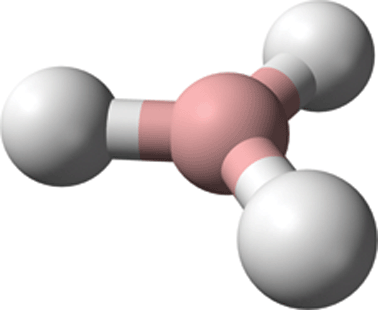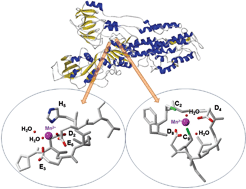Ira Weinstock and colleagues from Ben Gurion University of the Negev have used cryogenic transmission electron microscopy to evaluate the interactions of polyoxometallates of different dimensions and shapes with gold nanoparticles. The study revealed a “face-down” orientation of the Pressyler ion [NaP5W30O110]14–, and a “tilted” orientation for the Finke-Droege ion [P4W30Zn4(H2O)2O112]16–, contributing to important ongoing studies on the design of functional-POM protected metal nanoparticles.

"Face-down" orientation of Pressyler ion maximises interactions between cluster anion and Au surface.
To read more, download the communication now – it’s free to access.
Orientations of polyoxometalate anions on gold nanoparticles
Shelly Sharet, Ella Sandars, Yifeng Wang, Offer Zeiri, Alevtina Neyman, Louisa Meshi and Ira A. Weinstock
Dalton Trans., 2012
DOI: 10.1039/C2DT30592E
The findings in the above HOT communication are due to be included in an upcoming themed issue on Polyoxometalates, guest edited by Leroy Cronin and Deliang Long.
Yifeng Wang and Ira Weinstock’s previous Dalton Transactions perspective might also be of interest….
Cation mediated self-assembly of inorganic cluster anion building blocks
Yifeng Wang and Ira A Weinstock
Dalton Trans., 2010, 39, 6143-6152
DOI: 10.1039/C0DT00166J
Are you following us on Twitter? @DaltonTrans


















 In this HOT article, Zoroddu and coworkers present NMR (mono- and bi-dimensional) and EPR analysis of Zn and Mn complexation to small fragments of the Park9 gene (a member of the P5-type ATPase family) important in
In this HOT article, Zoroddu and coworkers present NMR (mono- and bi-dimensional) and EPR analysis of Zn and Mn complexation to small fragments of the Park9 gene (a member of the P5-type ATPase family) important in